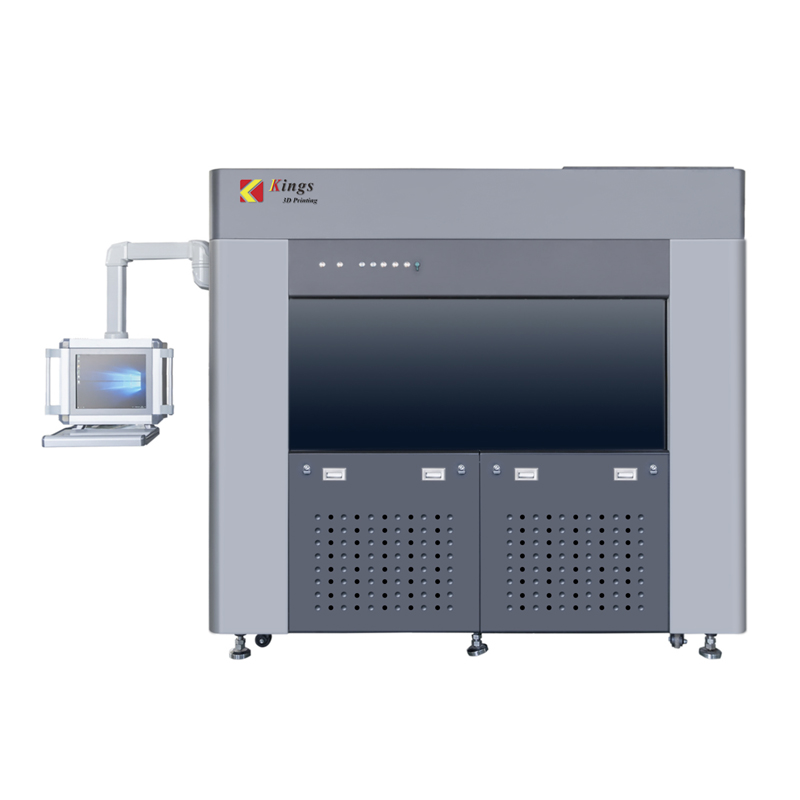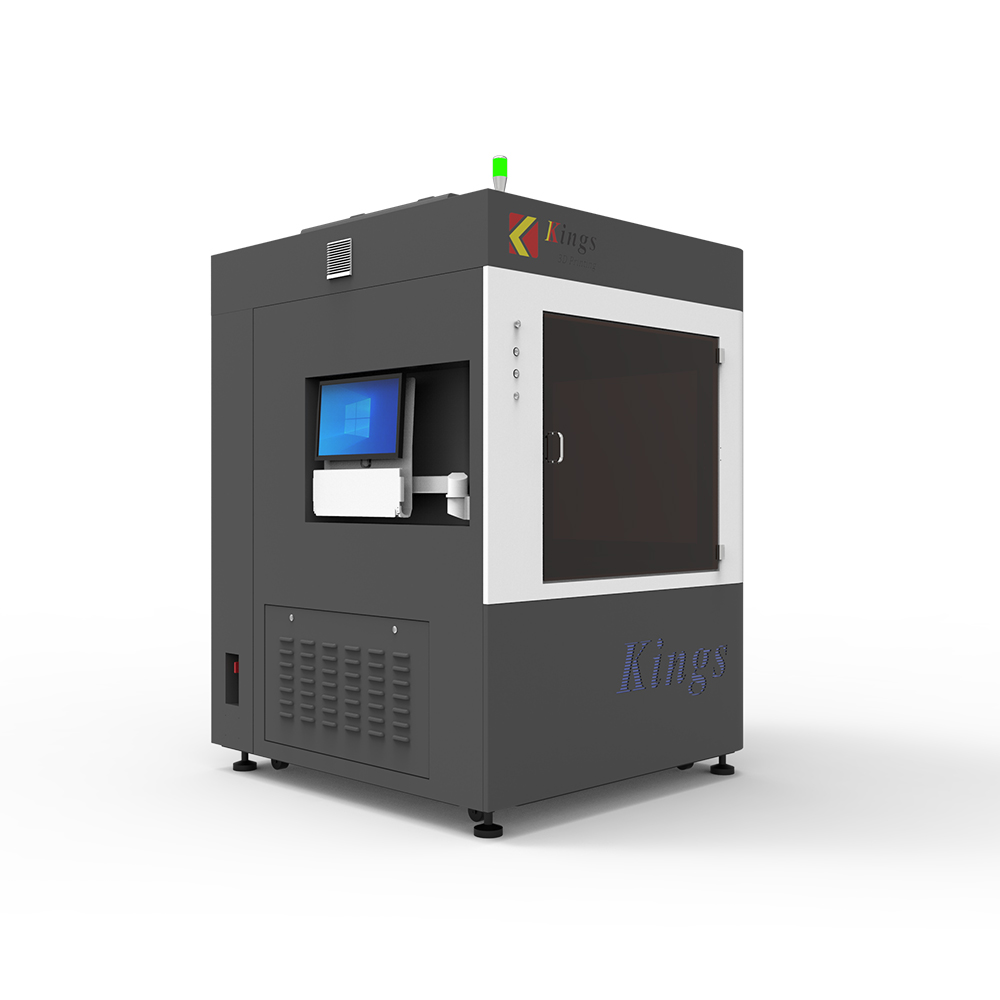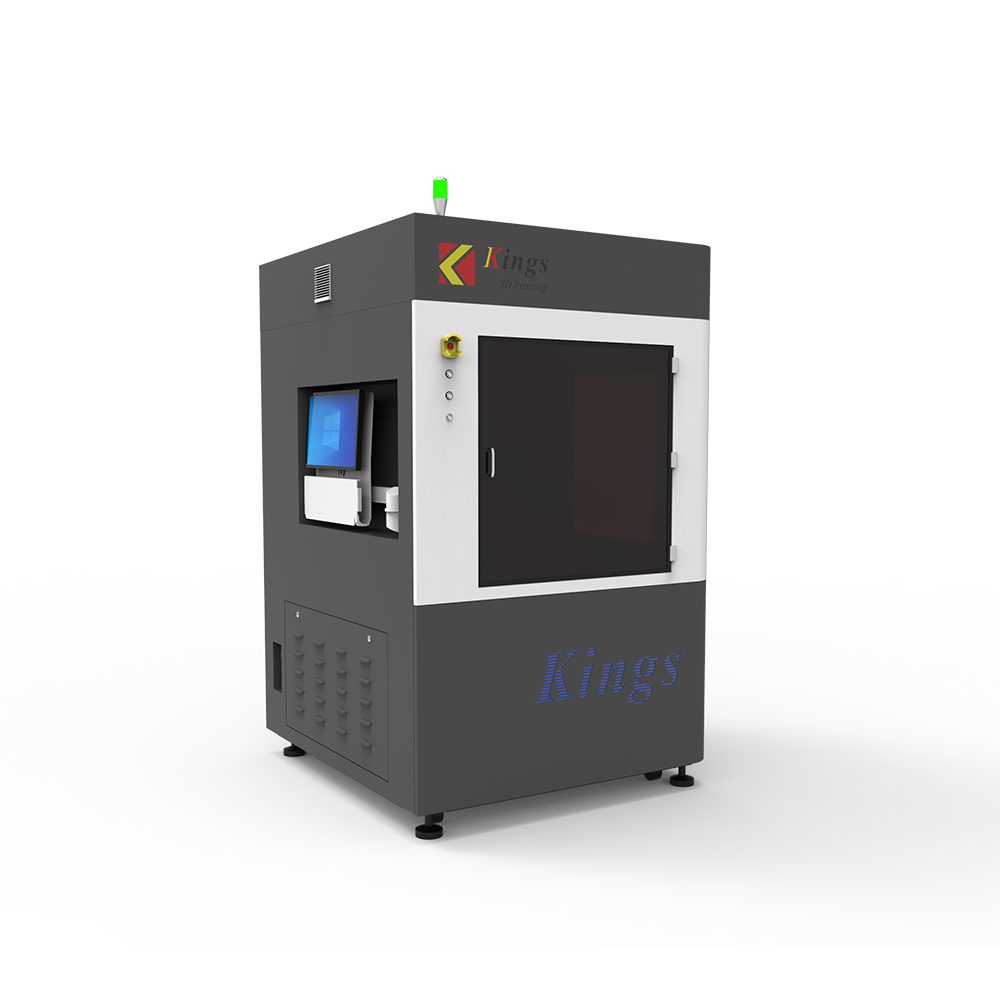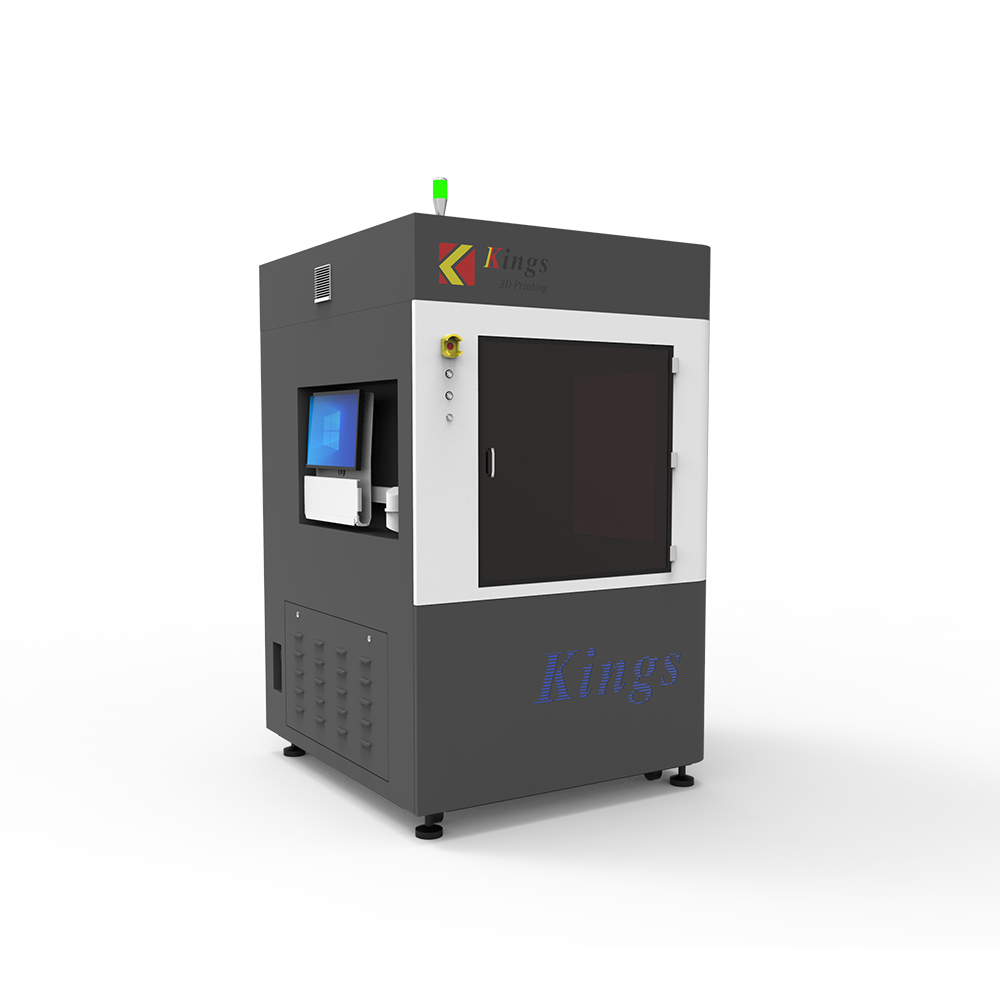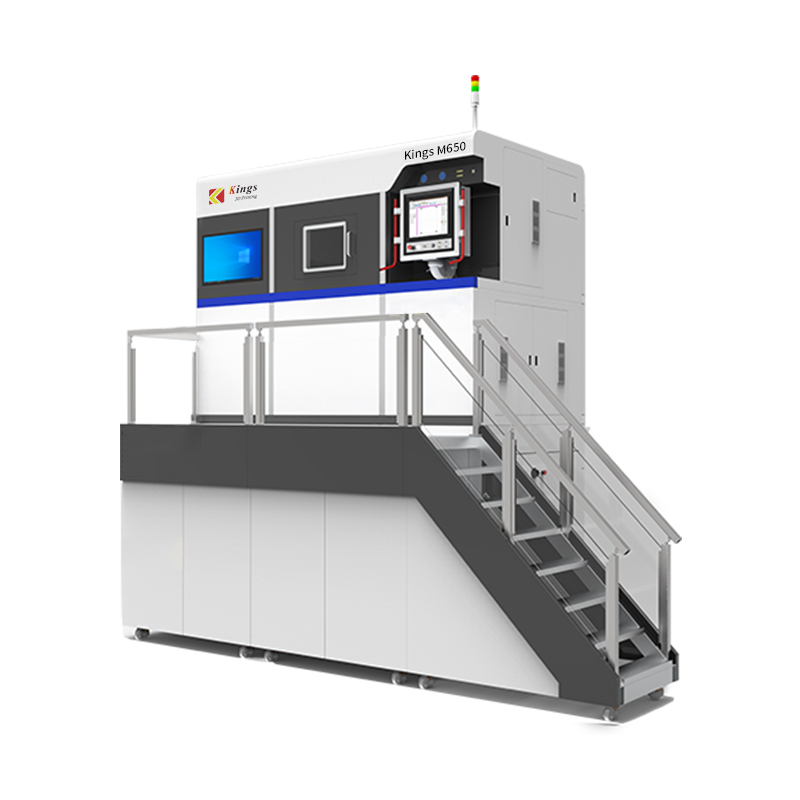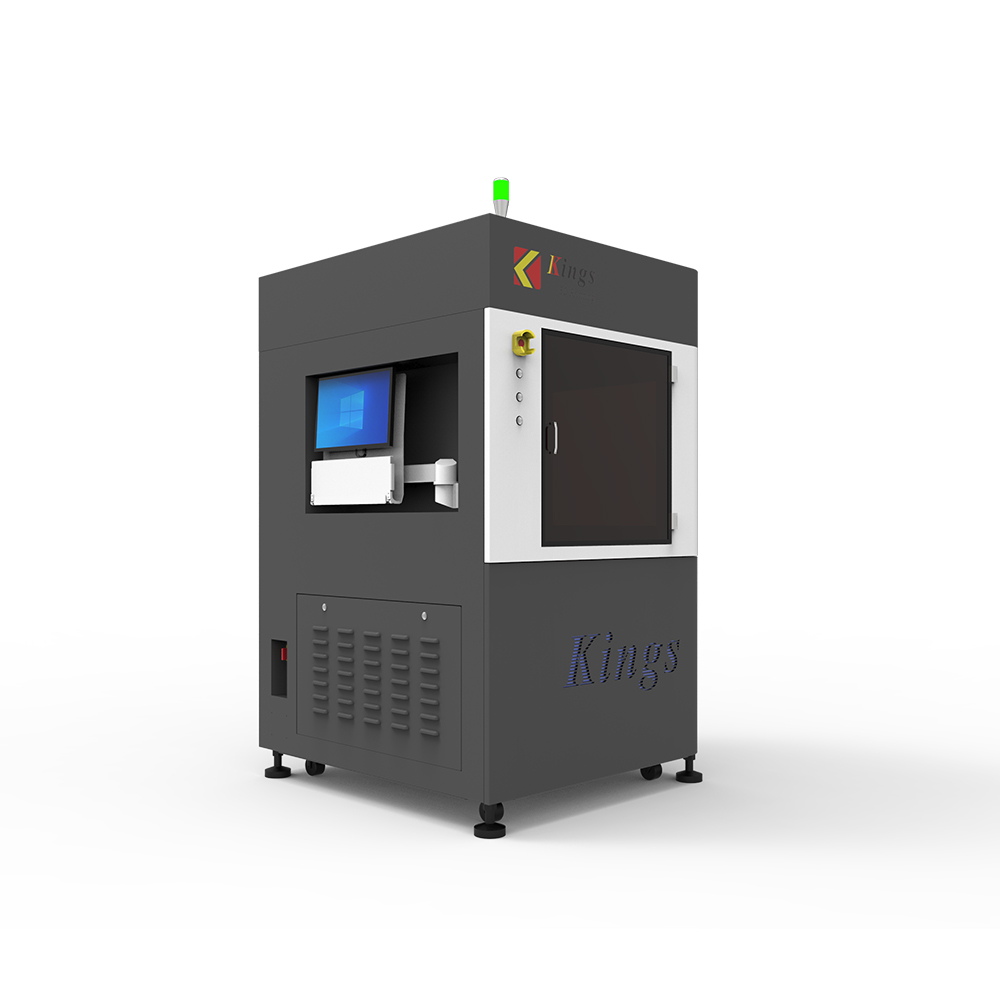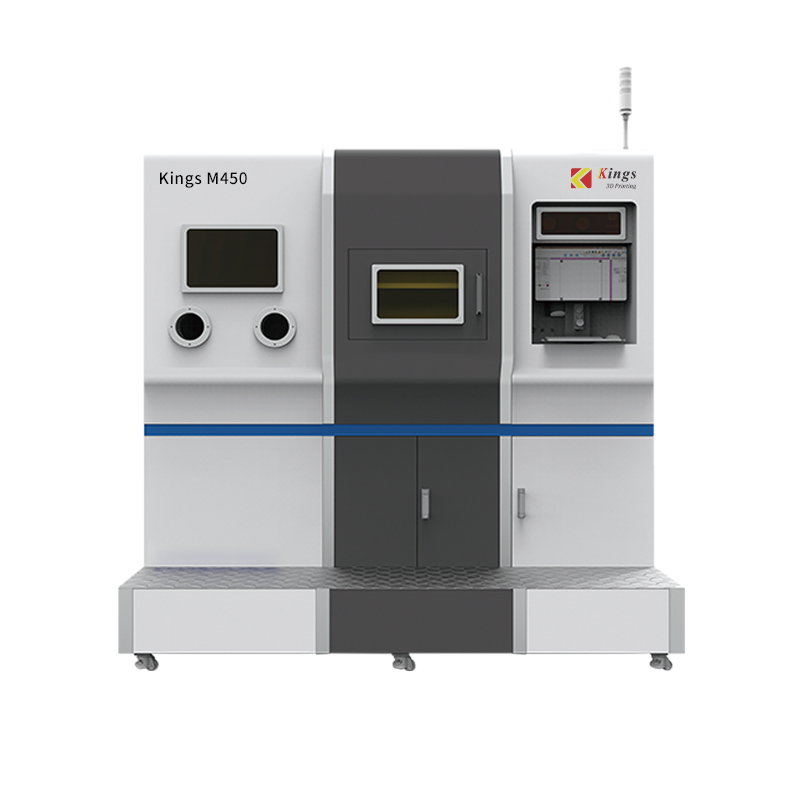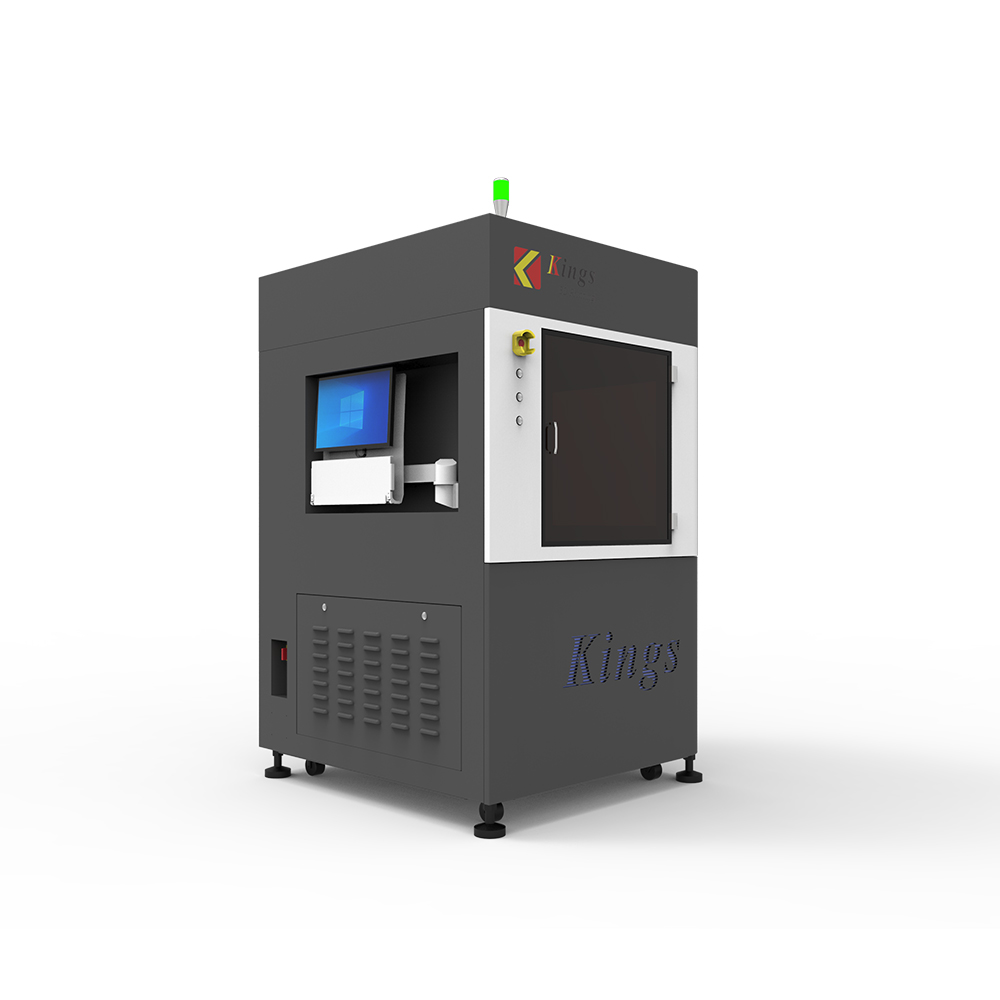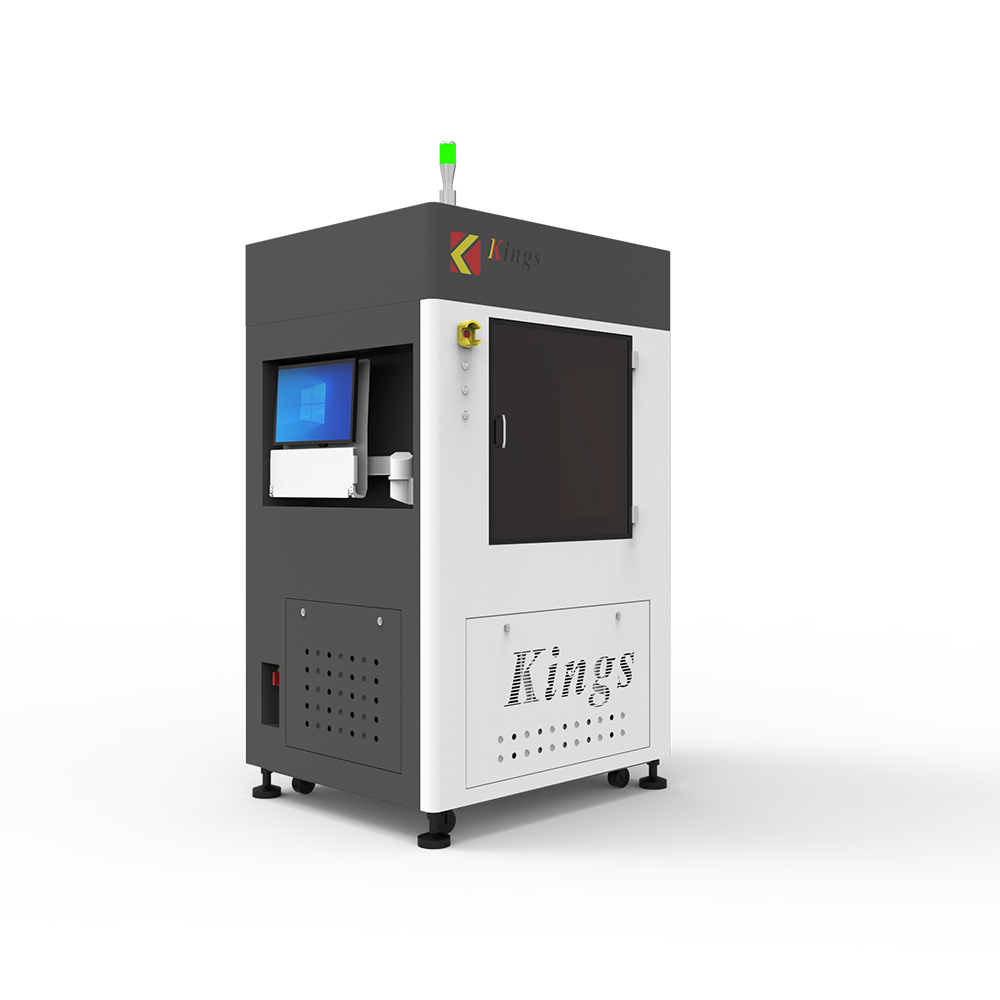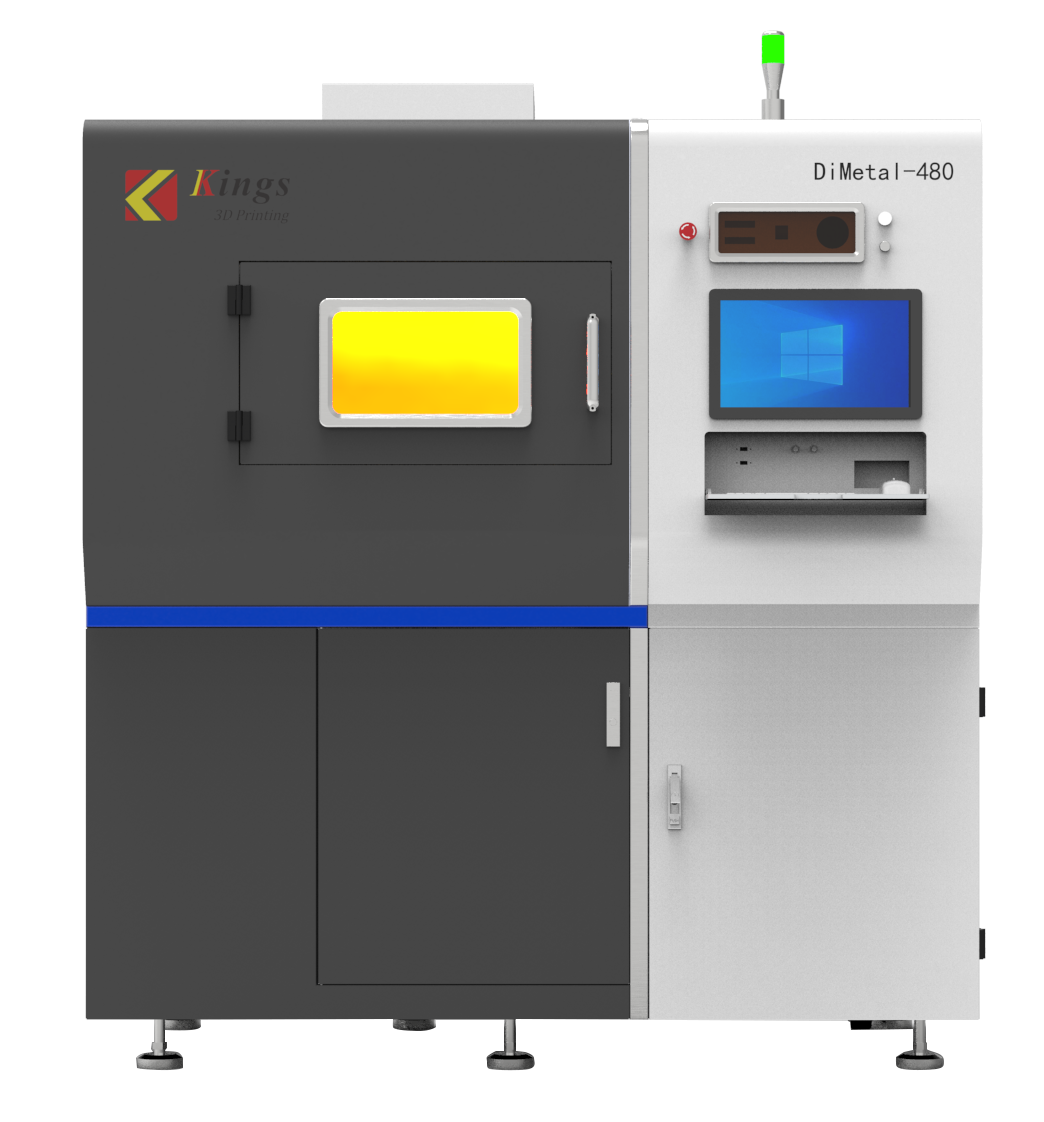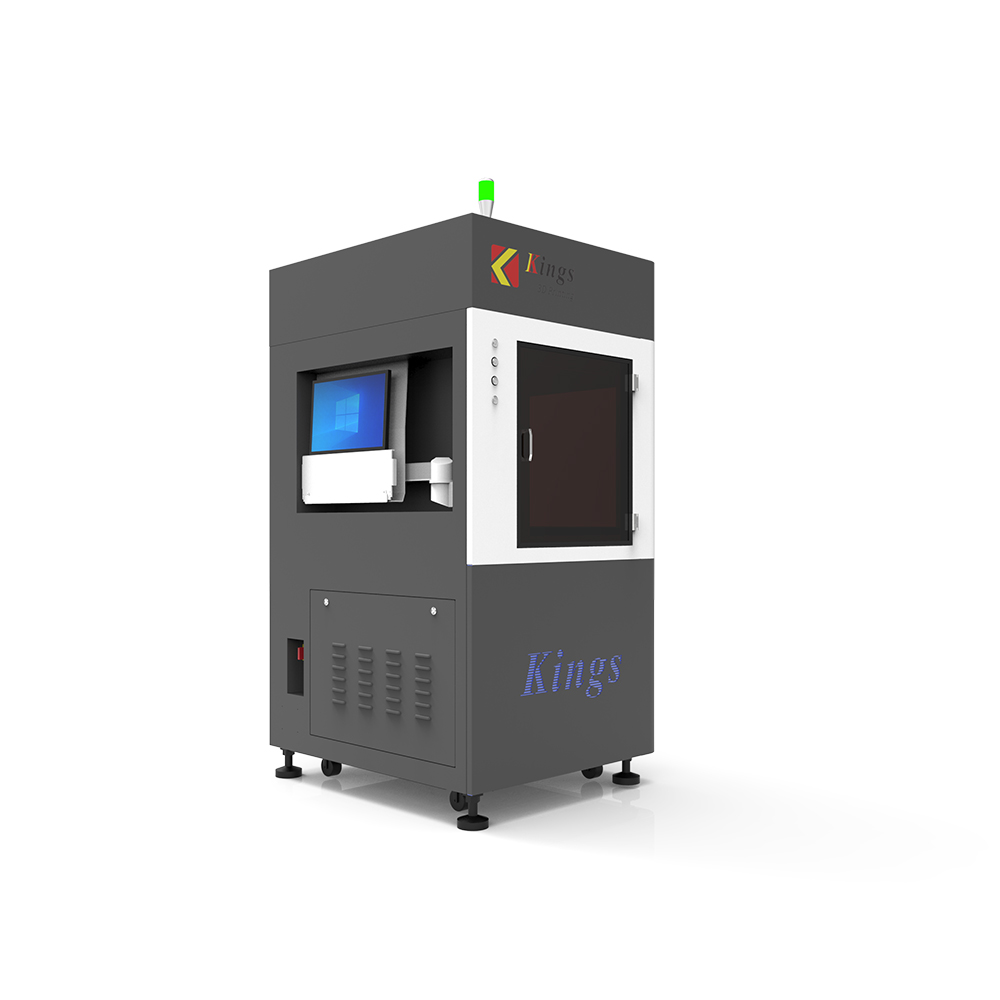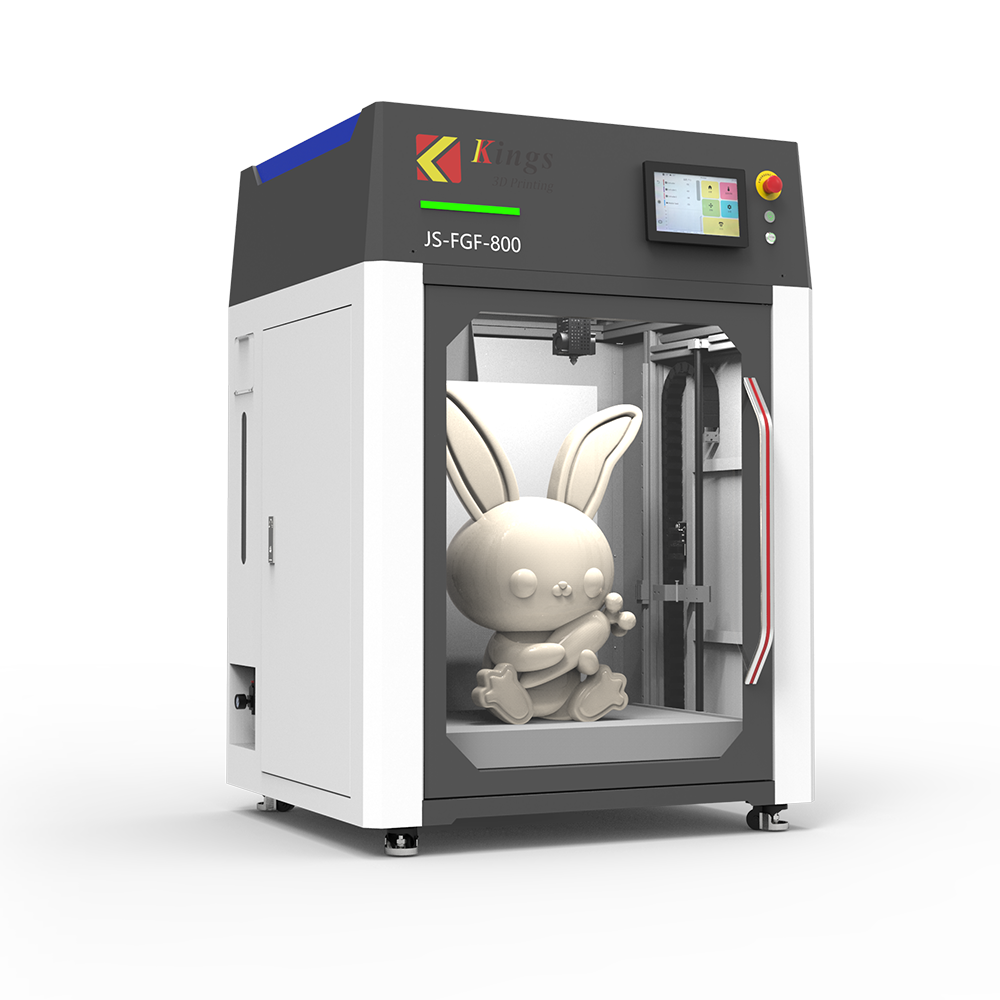The comparison between SLA & SLS 3d printing technology
Frequently, individuals inquire about the distinctions between SLA and SLS technologies.
This article aims to elucidate the variances between these two 3D printing methods and materials
in order to assist in determining which technology is appropriate for various 3D printing projects."
The principle of SLA
The forming principle mainly involves focusing a near-ultraviolet laser beam on a thin layer of liquid photopolymer resin
and rapidly drawing the flat section of the desired model. Thanks to the physical properties of the UV light source,
the photosensitive resin undergoes a curing reaction when exposed to UV light, forming a single plane layer of the model.
By applying a new resin layer on top and iterating through each part of the model, the complete 3D printed model is eventually obtained.
The final step involves cleaning the immersed model in liquid resin, usually without removing the support structures.
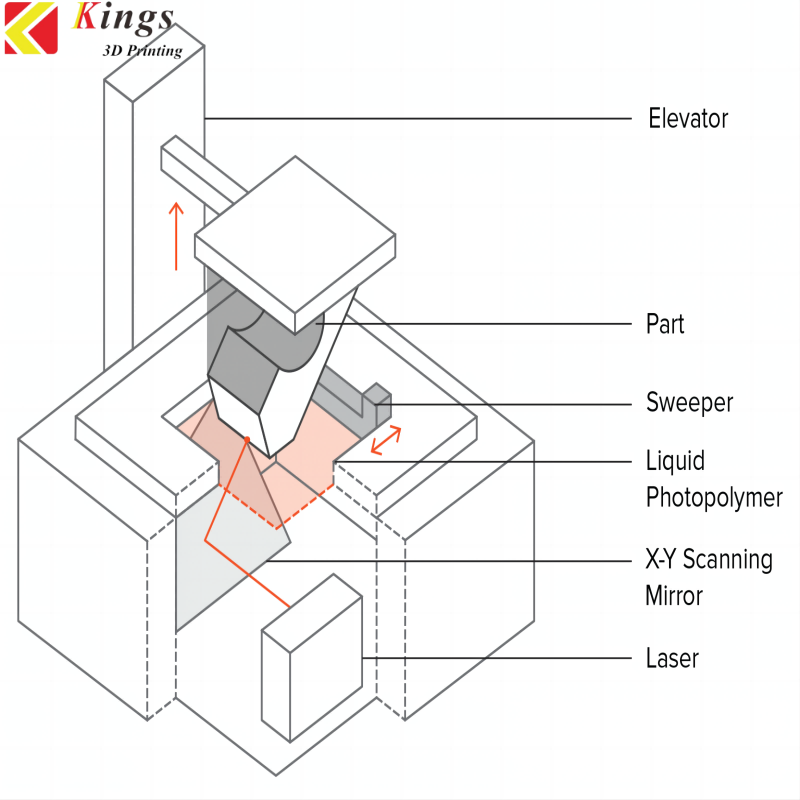
Unlike SLS 3D printers, which are mainly used in industrial production fields and require strict environmental conditions,
SLA 3D printers are more user-friendly and can be used for manufacturing in regular office environments.
SLA technology is primarily used for manufacturing various molds, models, and more.
Additionally, it can be utilized in the production of SLA prototypes to replace wax patterns in precision investment casting
by adding other components to the raw materials. SLA technology offers fast forming speed and high precision.
However, due to resin curing, shrinkage occurs during the process, leading to unavoidable stress or deformation.
As a result, the development of photosensitive materials with low shrinkage, fast curing,
and high strength is a significant trend in SLA technology advancement.
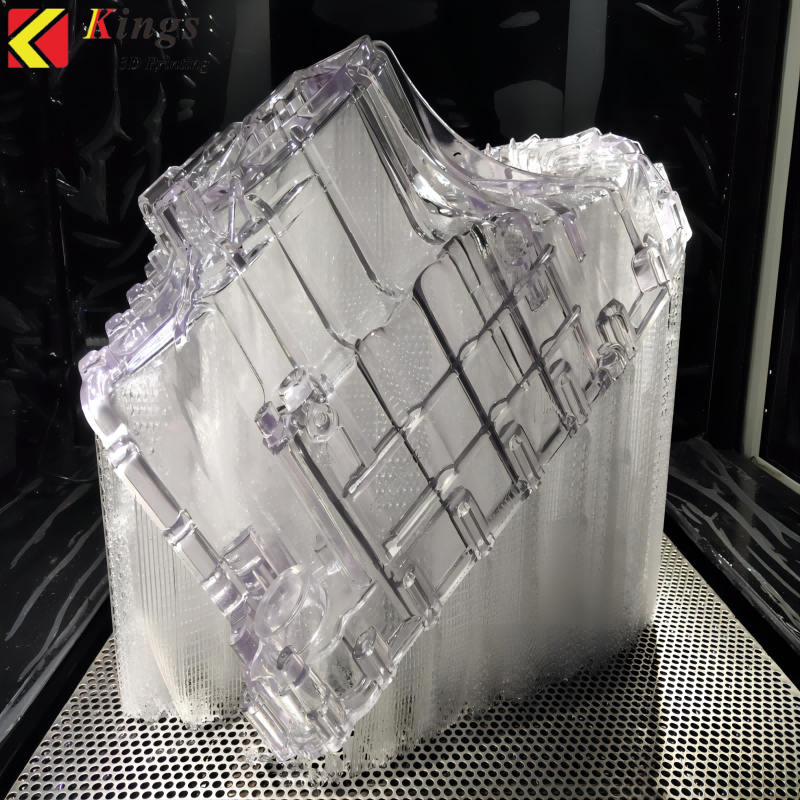
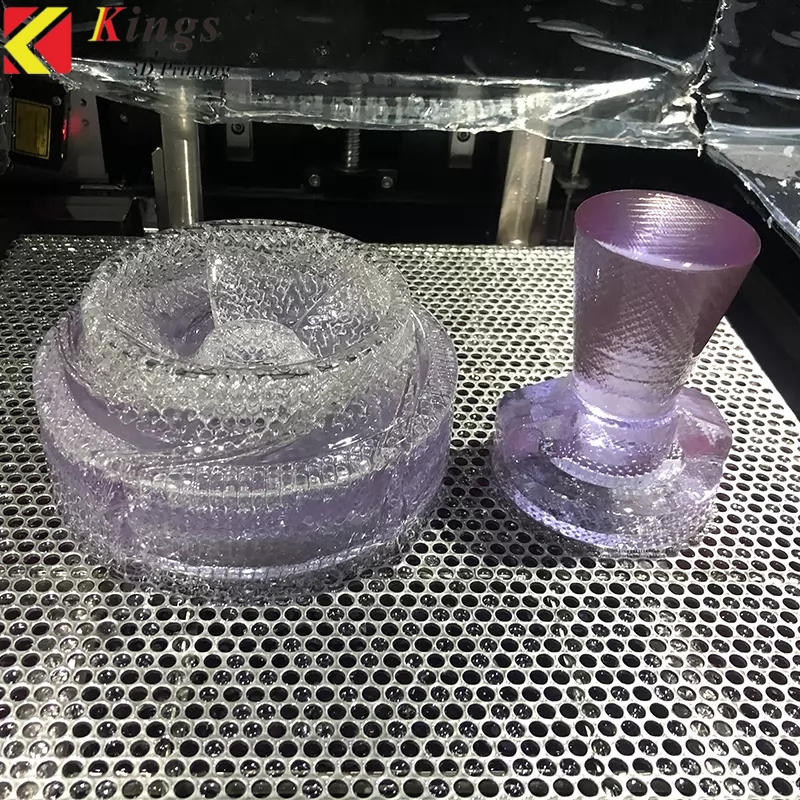
The principle of SLS
The Selective Laser Sintering (SLS) process involves the use of a powder bed.
A layer of powdered material is evenly spread on top of the already formed part using a powder roller.
The temperature is raised to just below the sintering point of the powder.
The control system guides a laser beam to scan the cross-sectional contour of the current layer on the powder,
raising the temperature to the melting point and sintering it, bonding it to the previously formed part below.
Once a layer's cross-section is sintered, the build platform descends by one layer thickness,
and the roller spreads another layer of uniformly dense powder on top.
This process continues, sintering one layer at a time, until the entire model is completed.
During the forming process, the unsintered powder acts as support for the model's cavities and overhangs,
eliminating the need for separate support structures, as required in SLA technology.
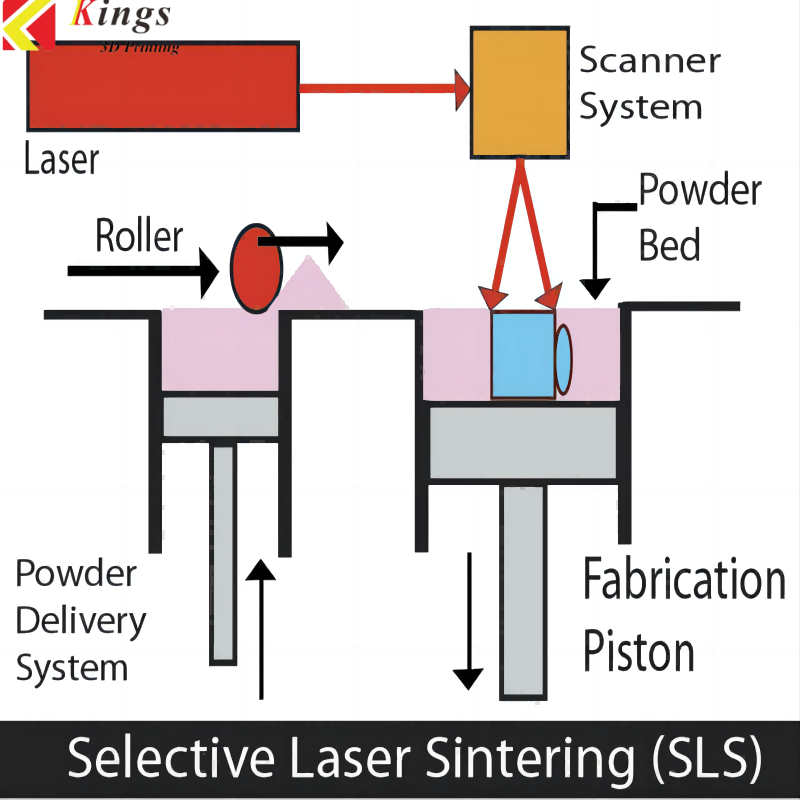
In theory, any powdered material that can form atomic bonding after being heated can be used as a material for Selective Laser Sintering (SLS).
Currently, successful SLS materials include wax, polymers, metals, ceramic powders, and their composite powders.
Compared to SLA, parts produced using SLS generally exhibit higher strength and better toughness.
Most of these parts can be used directly as final components, eliminating the need for molds.SLS offers several advantages:
a wide variety of materials can be used, it allows for material-saving, the resulting parts have a broad range of performance,
suitable for various applications, and SLS does not require complex support structures like those needed in SLA.
Due to these advantages, the application of SLS is becoming increasingly widespread.
Kings 3d have 12 size of SLA machine for your choice ( Max printing size: 2700*900*800mm)

Below are the main advantages of Kings 3d SLA machine.
Intelligent high-speed scanning systems.
The galvanometer scans at 15-18m/s
Variable laser spot and variable power.
Even though there are many brands claiming that they are using variable beams too.
However, Kings 3D has made a further step, we are now using the 3rd generation. Most of them are still using the 2nd generation.
Optimized control software.
On a real large user basis (5000+printers in the market), our machine control software is very mature,
which gives full play to the maximum capability of each component.
Full marble structures
Many manufacturers use stainless steel, however, the stainless steel will have minor deformations with the time passing by.
And these minor deformations will surely affect the accuracy of the light paths. Marble structures do not have such problems.
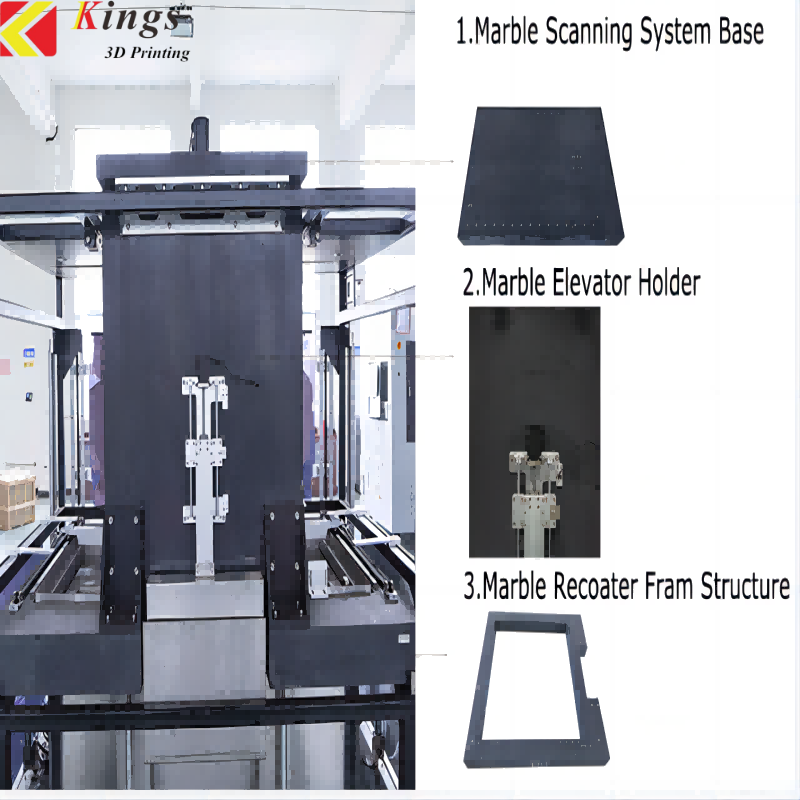
Kings 3D has launched Kings P440 Nylon 3D Printer globally in May.
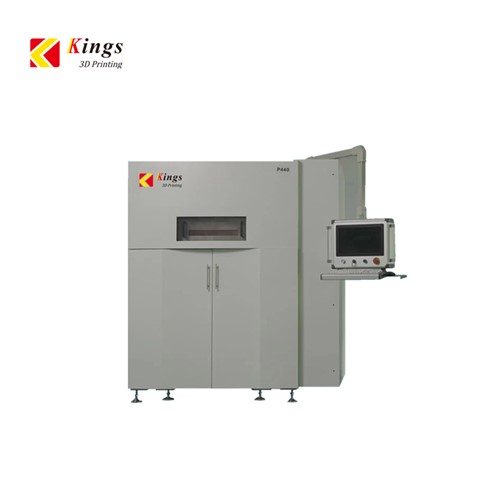
The release of the P440 nylon 3D printer marks the overall layout of Kings 3D in the field of SLS nylon 3D printing.
The printing size, precision, and efficiency are top-notch in the industry.
Plus, it's got a smart two-way powder spreading system with double scrapers.
You can print products weighing around 5KG within just 24 hours.
As a leading 3d printer manufacture in China, Kings 3D is dedicated to provide the premium industrial-grade printer to all over the world.
At the same time, Kings 3d is persistent in promoting the expansion and coverage of 3D printing business in more subdivided fields in the future.
For more details, please visit our website: http://kings3dprinter.com.
Author:Tony/Yami








